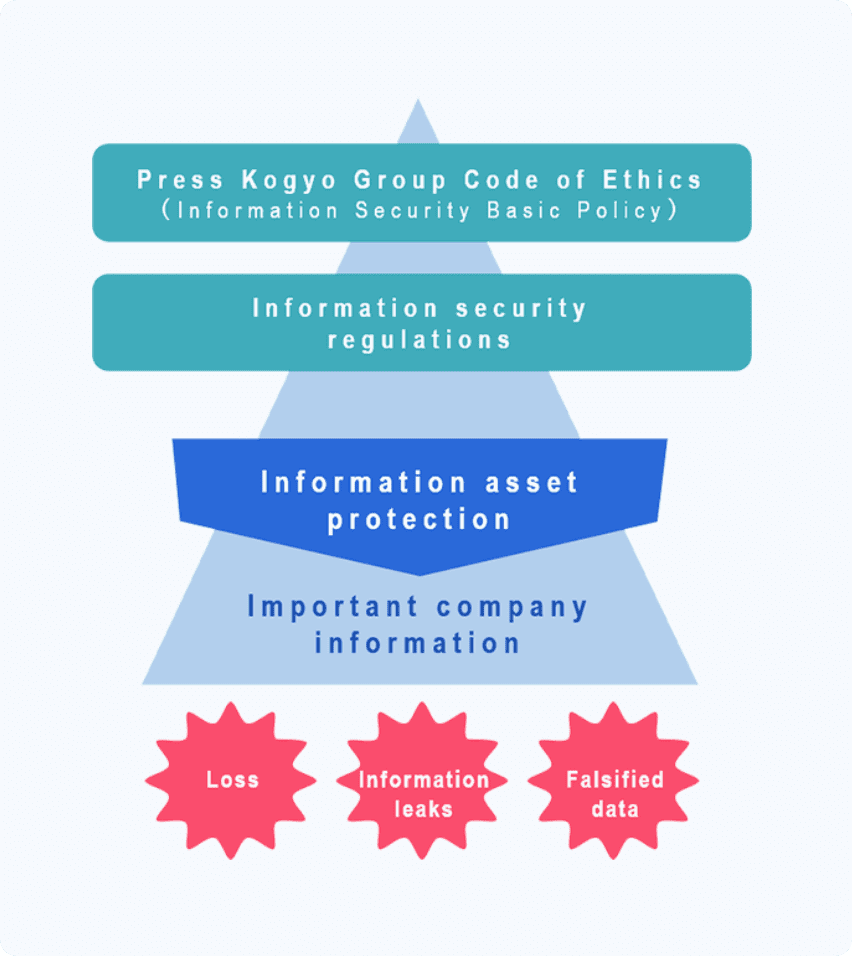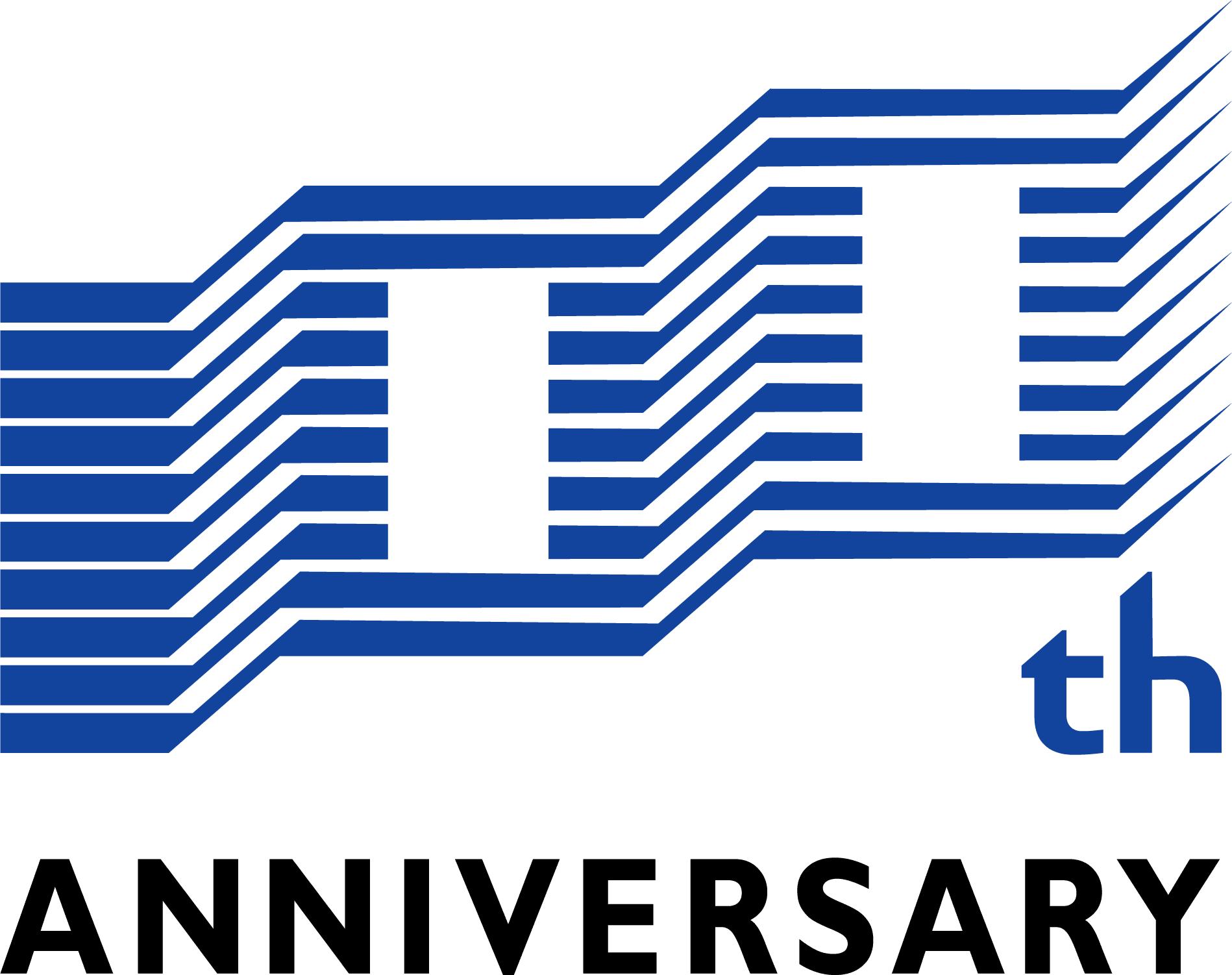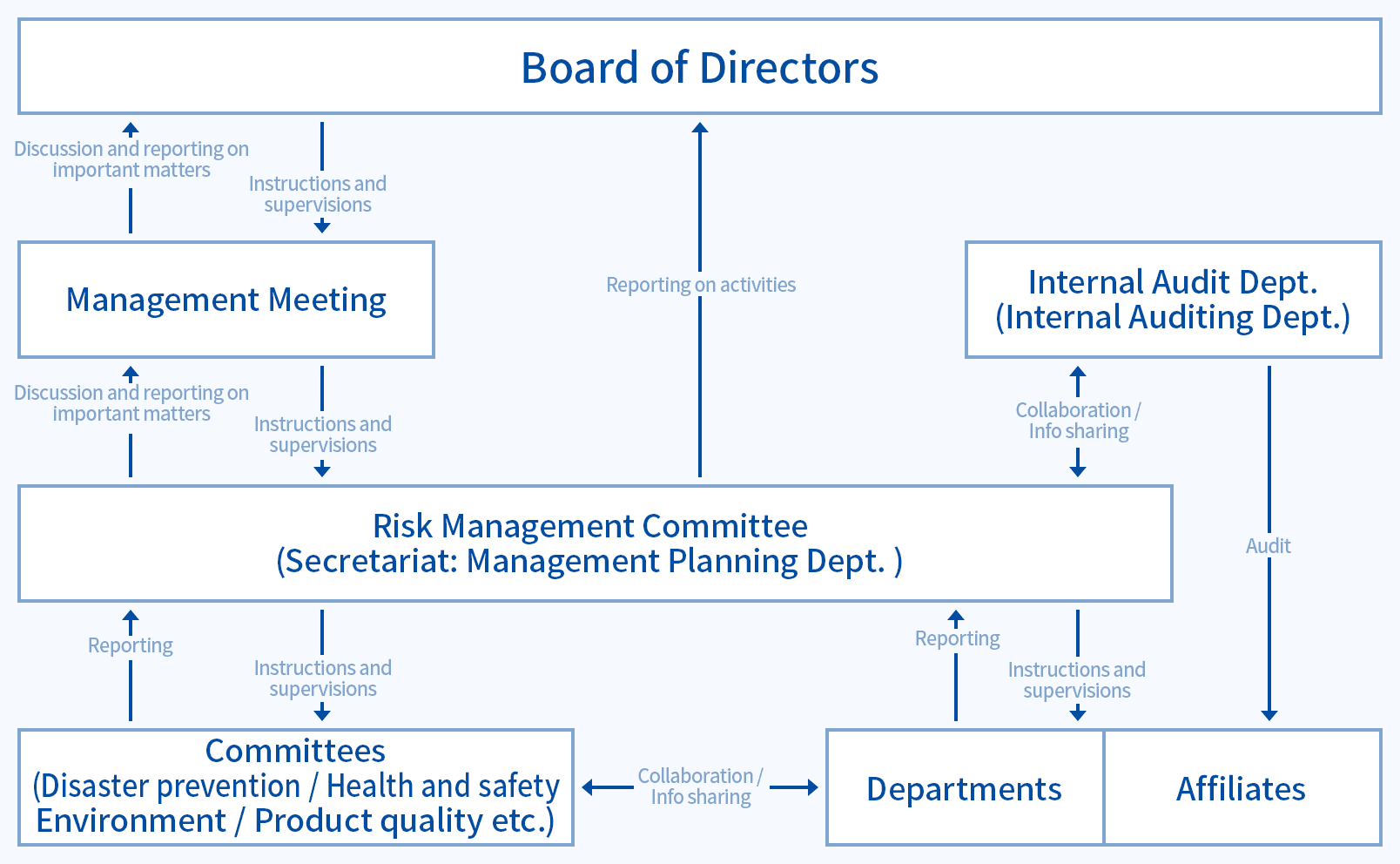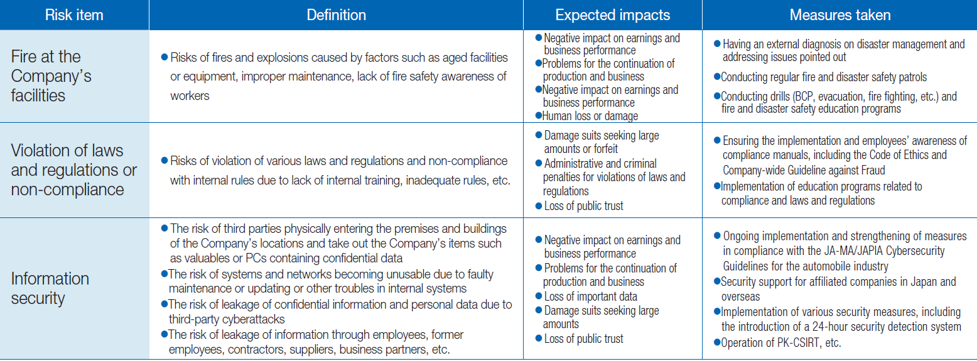Risk Management
The Group advances our risk management activities under the leadership of the Representative Director and President, who holds the highest responsibility for risk management, in accordance with our Risk Management Basic Policy and Risk Management Regulations.
Risk Management Basic Policy
The Group will continue to grow together with all stakeholders as a positive presence in our society as our vision of what we strive to be. The basic policy of our risk management system is to minimize the frequency and impact of negative risk materialization through timely and appropriate identification, analysis, and evaluation of risks that may have negative impact to the Group. This is achieved by formulating, implementing, monitoring, and reviewing risk response plans. The Group aims to maintain and enhance the effectiveness of our risk management system based on the following the Basic Objectives of the Risk Management and the Guiding Principles.
Basic Objectives of the Risk Management
- Enhance the corporate value
- Continue business operations stably
- Maintain and enhance trust with all stakeholders
Risk Management Guiding Principles
- Develop the risk management system aligned with the operational plans and create the environment that supports the Group in appropriately taking and managing risks.
- Cultivate a healthy risk culture that enhances risk awareness throughout the Group through enlightenment, education, and training for the officers and employees.
- Conduct appropriate risk management and identify the risks that should be prioritized for action.
- Assign responsible divisions for all the Group-wide risks, formulate response plans, and implement PDCA cycle management.
- Periodically verify and inspect the risk management system's effectiveness to maintain and improve it.
Risk Management Structure
Risk Management Committee
The Group has established the Risk Management Committee(“the committee”) since August 2024 to reinforce our risk management system across the board. The committee which is composed of the executive officers(the level of executive managing officer or higher) is held every quarter led by the representative committee appointed by the management meeting.
Functions and Roles of Risk Management Committee
- Identification, analysis and assessment of the Group-wide risks
- Selection of “the Group-wide major risks” and “the major risks”
- Formulation of the Group-wide risk management policy, actions and annual plans
- Review and feedback of the risk management activities across all divisions and affiliates
- Necessary actions such as request for reports, orders and instructions for all divisions and affiliates
- Investigation of risks and gathering risk management trend information
- Risk management consultation and gathering risk-related information from each division and affiliate
- Report of the Group-wide risk management activities to the management meeting and the board of directors
- Development of the plans for maintaining and improving the Group-wide risk management system
The Group categorizes the risks into the following three groups to take measures based on their impact to the Group.
①The Group-wide major risks:
- Prioritized to be addressed group-wide among others which could impact on achieving our corporate philosophy.
- Approved by the management meeting after being selected by the committee.
②The major risks:
- Prioritized to be addressed company-wide among others which could impact on achieving the corporate philosophy of the Company or affiliates (except for “the Group-wide major risks” above) .
- Selected by the committee.
③The general risks:
- Not included in the above two risks and expected to be managed mainly by the responsible divisions.
Risk Management Process
Identification
- The secretariat (Management Planning DEPT.) makes a list of risks with responsible divisions annually and the committee identifies the Group-wide risks appropriately through deliberation.
- The list is appropriately improved in light of various changing factors such as management policy, social landscapes, management environment, risk environment and incidents/accidents internally and externally.
Analysis
- The identified risks are meticulously analyzed through a series of questionnaires and interviews to each division, committee and affiliate based on the two perspectives(frequency of occurrence and risk impacts).
Evaluation(selection of the Group-wide risks)
- The secretariat selects potential Group-wide risks by analyzing the results of the questionnaires and interviews, and the extent of current initiatives.
- The major risks expected to be addressed by the Company are selected given the domestic risks and the nature of the business.
- The committee selects the Group-wide major risks, the major risks and the general risks based on the secretariat's consideration.
(The company-wide major risks are to be given final approvals by the management meeting)
Group-wide Major Risks for FY2025
BCP Initiatives (for Large-Scale Disasters)
As part of our corporate social responsibility, we formulated a business continuity plan, or BCP, (including an operational manual for central headquarters, head office functions, and the basic plan and action plan for every factory). The BCP ensures that we can recover quickly following a large-scale disaster and that we can fulfill our responsibilities to supply our customers as a parts manufacturer. Led by members of a taskforce, we provide regular training on the BCP. Immediately following a major disaster, we will set up an emergency headquarters to confirm the safety of employees and to gather information, such as the extent of damage. We also provide initial response training with the end goal of determining our policy for responses in the future.
In FY2018, we held training drills on early recovery after BCP activation at the Fujisawa Plant. This training will be rolled out successively at every factory from FY2019. Employees are not given any information in advance of the drills, which simulate actual damage, to improve the response abilities of the taskforce, especially for judging conditions and making decisions during an emergency. The effectiveness of the BCP is then evaluated and improvements are made where necessary.
We have also started earthquake-proofing our factories as one contingency of our BCP. Before this, we had already completed the seismic retrofitting of our head office and factory offices as well as service facilities, such as cafeterias and dormitories, to prioritize life and safety. In addition, we set up earthquake shelters—one of our own products—in factory buildings and use these together with an earthquake early warning system to ensure the safety of employees. We also distribute a disaster prevention handbook on cards to all employees. This booklet outlines our basic policy and actions to be taken in the event of a disaster, and how to use the safety confirmation system, so we can act swiftly when a disaster strikes.
Information Security and Protection
Information Security
While ICT has become widespread in recent years, there have been numerous reports of ICT accidents and other incidents. These include information leaks and viruses infecting computers used to manage equipment, such as robots, resulting in disruptions to production lines.
Based on the Press Kogyo Group Code of Ethics, which corresponds to our Information Security Basic Policy, we have positioned our information systems, including computers and networks, and the information we handle, as critically important assets of the Company. To manage and protect these assets, we have established information security regulations and strive for appropriate operations by our information system managers and employees.

Information Security System Chart
Information Security Education
Since our daily operations demand vigilance for information security, we created the Information Security Handbook and distributed it to all employees, as part of our education programs.
Going forward, we will use e-learning to improve awareness of security throughout the Group.

Information Security Handbook and Press Kogyo Group Code of Ethics

Training on security
Information Protection
We run core systems and their databases in a robust data center. We set access rights for all important information to ensure that it is managed effectively.
At the same time, we make backups at a remote location, enabling swift recovery and business continuity even when access to the data center isn't possible, such as during an extraordinary disaster.




